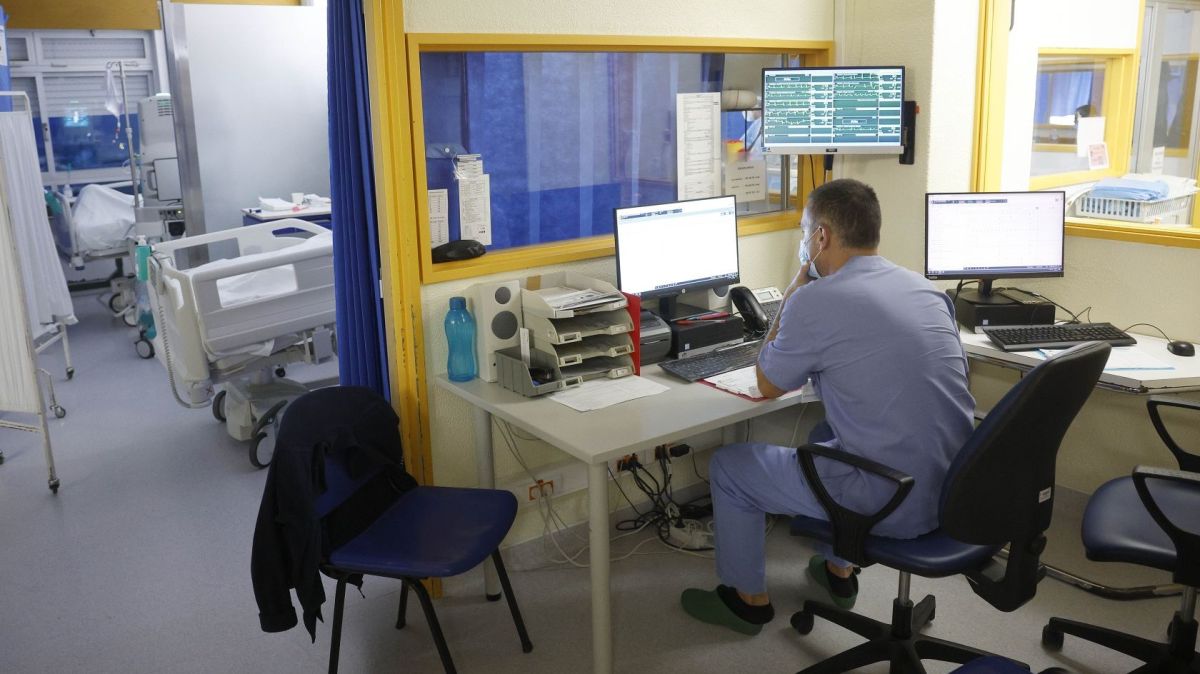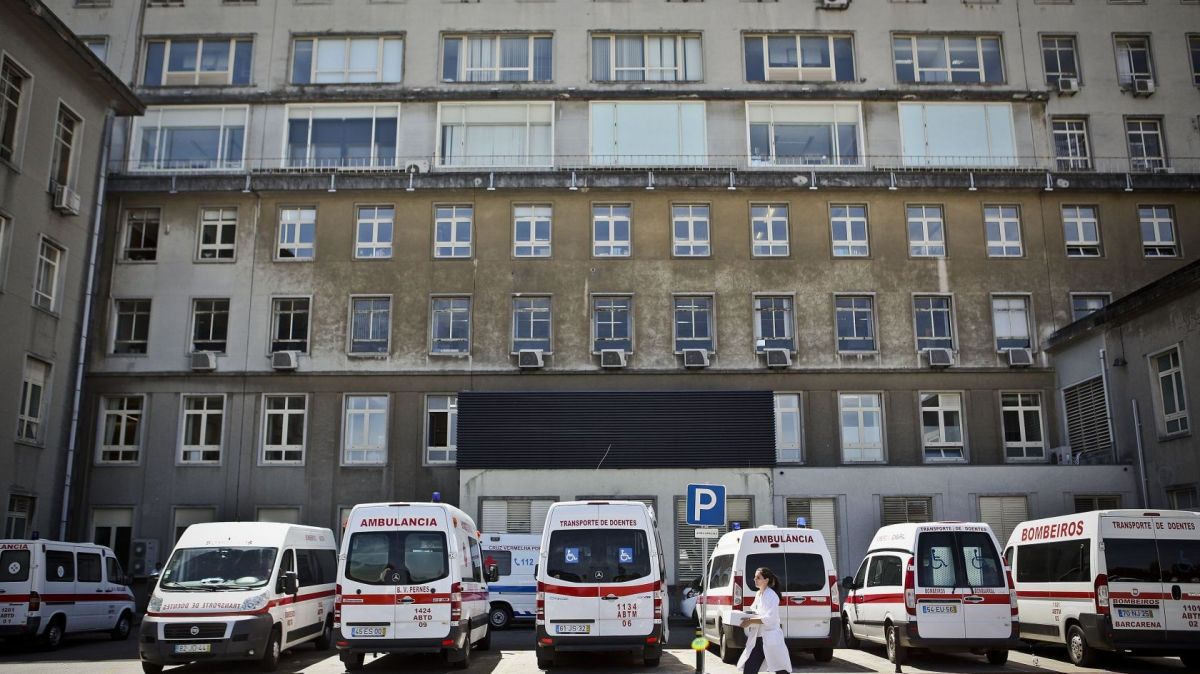This additional production is seen as a vital mechanism for reducing surgical waiting lists and meeting guaranteed maximum response times (TMRG).
Figures a steady increase: 88,465 surgeries in 2020; 135,888 in 2021; 158,628 in 2022; 197,270 in 2023; and 239,172 in 2024. In the first quarter of this year alone, 195,214 surgeries were performed, with 63,000 carried out outside doctors’ regular hours, making up 45% of all operations in that period.
Total surgical activity – including standard, additional, and outsourced procedures – has grown from 458,000 in 2020 to over 733,000 in 2024. Additional surgeries are governed by agreements between hospital boards and service directors, under regulations that allow extra payment for staff involved. Terms may vary between units but must comply with legal parameters.
The DE-SNS did not disclose the associated costs. The system has come under scrutiny following a report that a dermatologist at Lisbon’s Santa Maria Hospital allegedly earned €400,000 over 10 Saturdays, prompting investigations by the Public Prosecutor and the Health Insurance.
This is linked to the current SIGIC system for managing surgical waiting lists, which the government plans to replace with SINACC, a modernised model aiming for better coordination, monitoring, and integrated care. A task force was formed in March to lead the transition, with the final report due within six months.














Clearly the Socialist fools running the country don't see the problem they're creating by offering "free" surgeries to everyone and anyone, regardless of whether they belong here - to be carried out by an already overburdened medical system.
Understandably some of the existing doctors will throw in the towel because they're tired of working the majority of the day, which in turn exacerbates the situation for the remaining doctors, and so the never-ending loop keeps feeding itself.
Our local doctors are under appreciated and overburdened already!
It's all one thing to want to help as many people as possible (when you have the means), but it's just plain ignorant when it comes at the detriment of the people that are actually OF/BELONG to the country.
But I'm sure whichever politician made this rule is more than happy to give up a spot to a foreigner for a procedure, even if it means sacrificing the health and even chancing losing of one of their own - possibly a family member/their own child - for the "greater good".
By Michael from Lisbon on 02 Jun 2025, 11:18